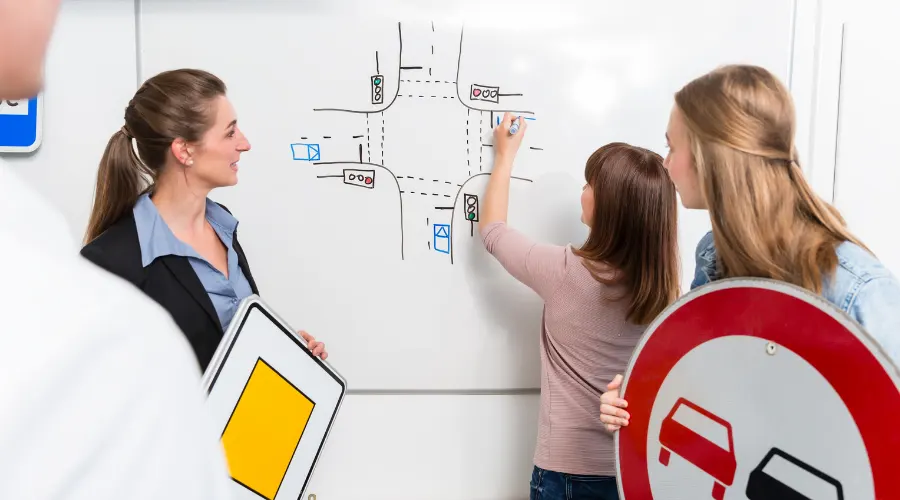Did you know about 65% of the world’s population are visual learners? They like to learn in a fun way that stimulates their brains. I am a visual learner, so I have some experience with this.
I have many students who are also visual learners. Many people don’t know that they are visual learners. It is not their problem because they have never considered themselves or taken advice from any teacher.
When many of my students come to me, I give them some tests to help me understand whether they are visual learners. Many famous people, such as Albert Einstein and Leonardo da Vinci, were visual learners, as were thousands of others.
However, are you a visual learner and want to know how to improve your academic work? Then, this blog of ours today is definitely for you. I will share some information you have yet to hear, so let’s start without delay. Before beginning the main discussion, let’s look at who are visual learners.
Who is a visual learner?
Visual learners understand information best through visual aids and cues such as diagrams, charts and pictures. Our brain remembers any information visually, so it will work well if we can give the brain data in this way. Moreover, when information is presented visually, you can improve learning efficiency. Plus, visual learners tend to have better handwriting.
Best helpful study tips for visual learners
You must have understood who visual learners are. Such individuals can make their learning more effective by using specific study tips. These methods are enjoyable, simple and very effective. Here are some study tips that are tailored for you.
1. Find a quiet place to study
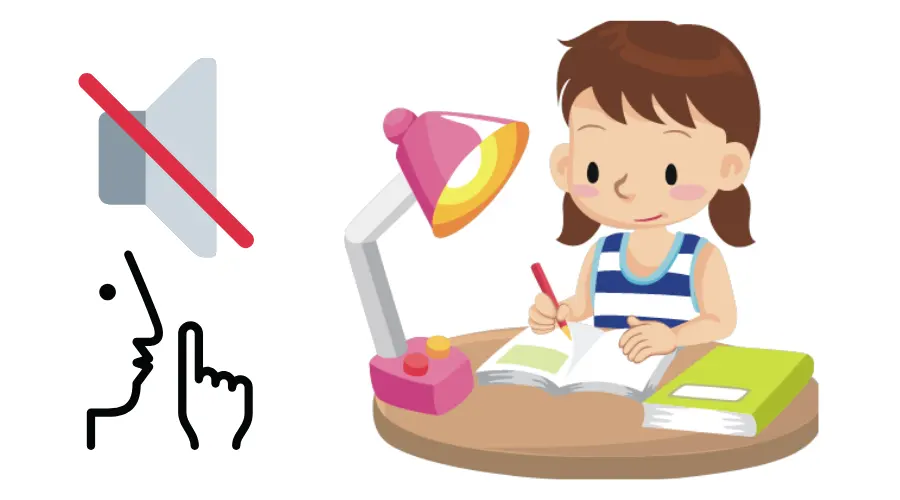
Visual learners often benefit from studying in a quiet environment where they can focus without distractions. Find a comfortable place to immerse yourself in your studies without interruption.
2. Make your notes colorful
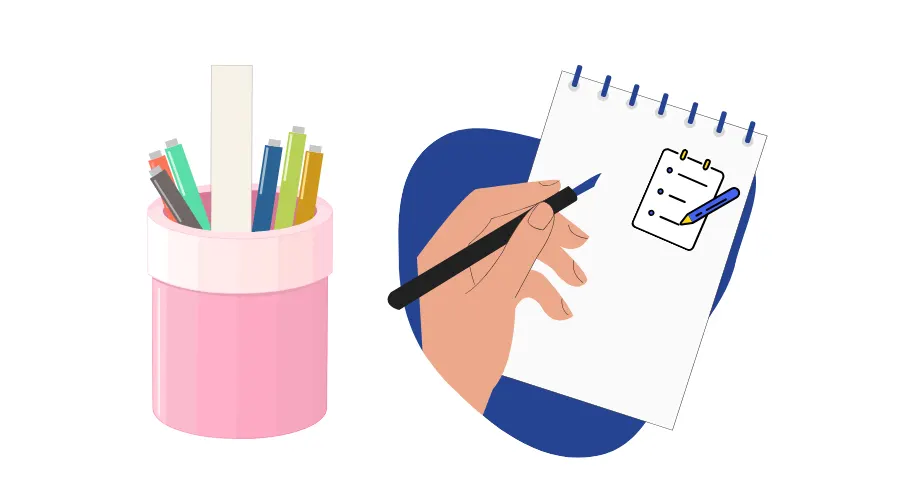
Add some flair to your notes by using different colours to highlight key points and essential information. Colour-coded notes can help you organize your thoughts and make studying more engaging and memorable.
3. Use flashcards
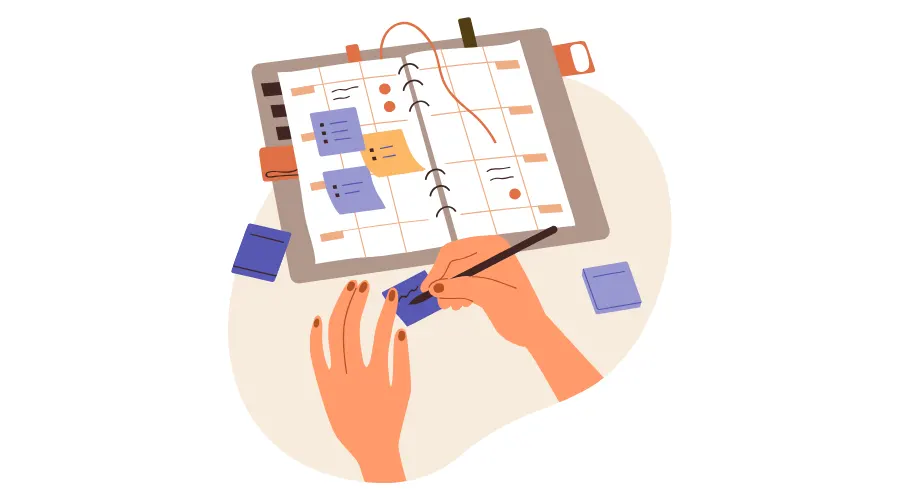
Flashcards are a versatile tool for visual learners. Create flashcards with visual cues, such as images or diagrams, to reinforce your learning and test your knowledge on the go.
4. Outline
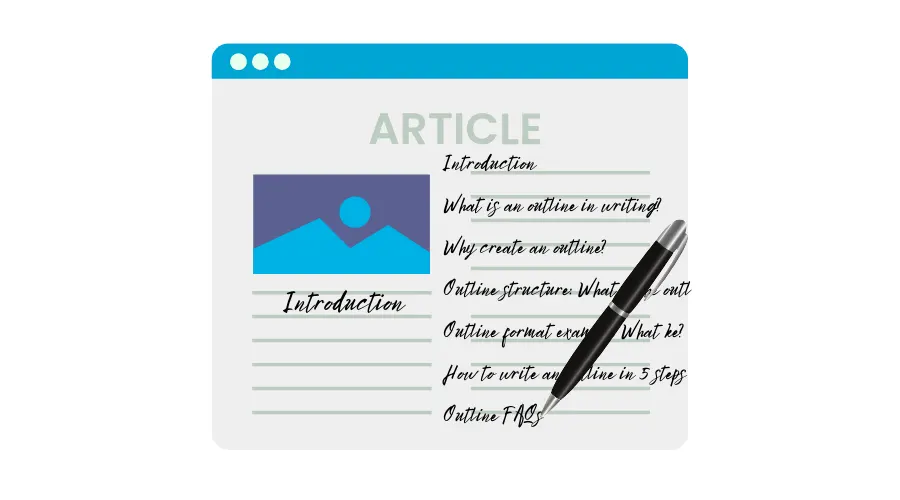
Before diving into your study materials, create an outline to map out the main topics and subtopics visually. Outlining can help you establish a clear structure for your study session and identify any areas that need extra attention.
5. Make charts, graphs, diagrams, and images
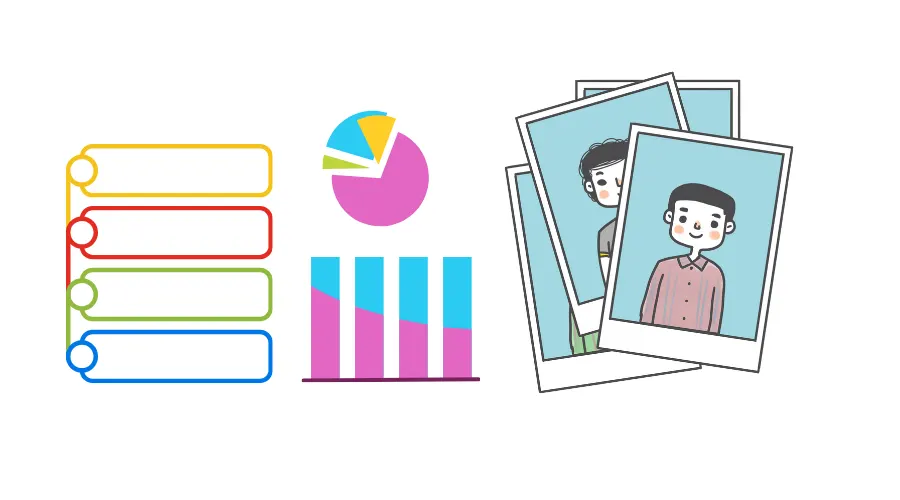
Visualize complex concepts by creating charts, graphs, diagrams, and images visually representing the information. This visual approach can make abstract concepts more tangible and easier to understand.
6. Find visual resources online
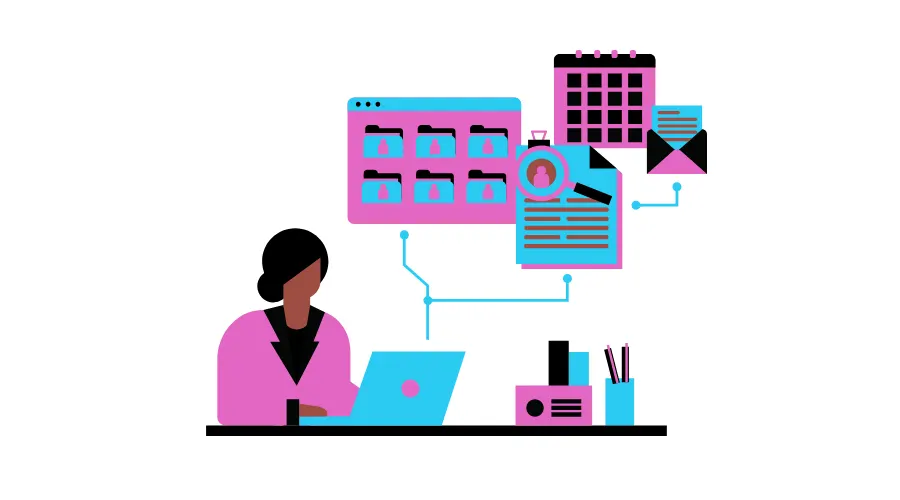
Take advantage of the wealth of visual resources available online. Explore educational websites, videos, infographics, and interactive simulations that cater to visual learners and provide alternative explanations and perspectives on your study topics.
7. Use mind maps
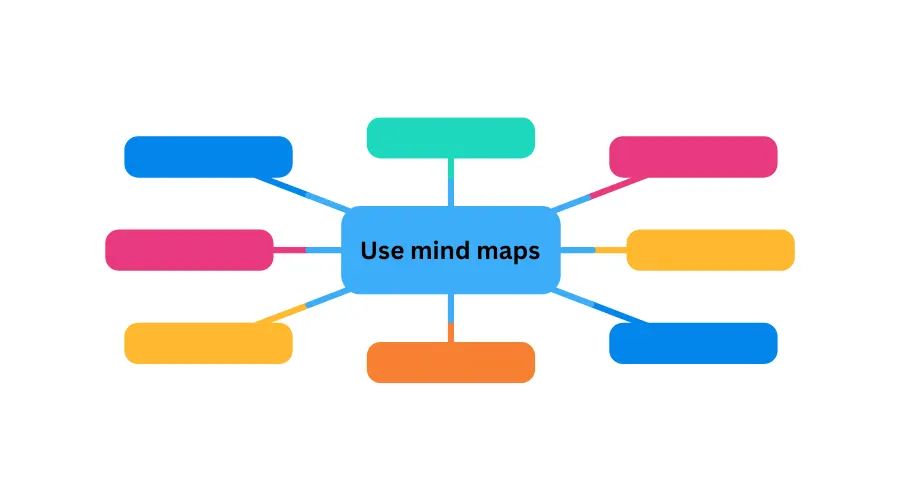
As a visual learner, this technique is an excellent tool for daily study. Mind maps help you organize and connect ideas visually. Create mind maps to represent the relationships between concepts and enhance your understanding of complex topics.
8. Teach others
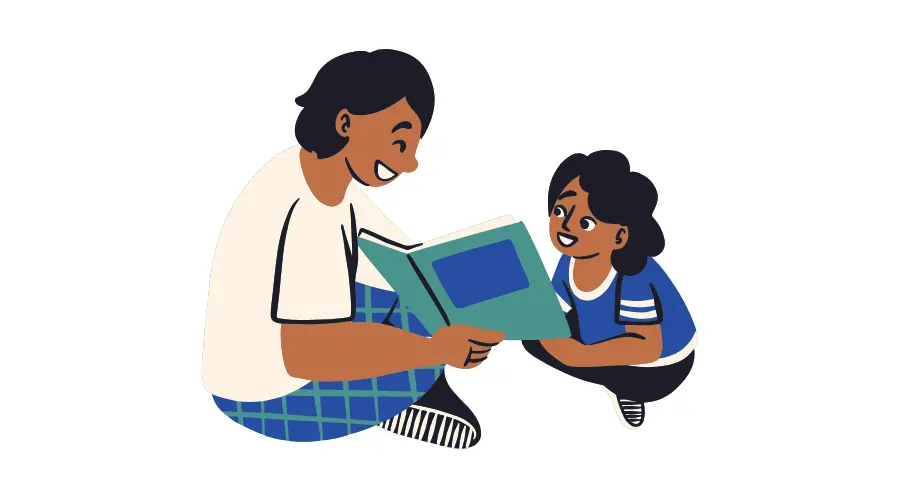
You can get to the bottom of a subject when you teach it to someone else. Research has shown that visual learners go deeper into their learning by teaching others. So remember to take this opportunity. Use visual aids and explanations to communicate your knowledge to friends, family members or study partners. This will be good for you because you are a visual learner.
9. Alwase sits in the front
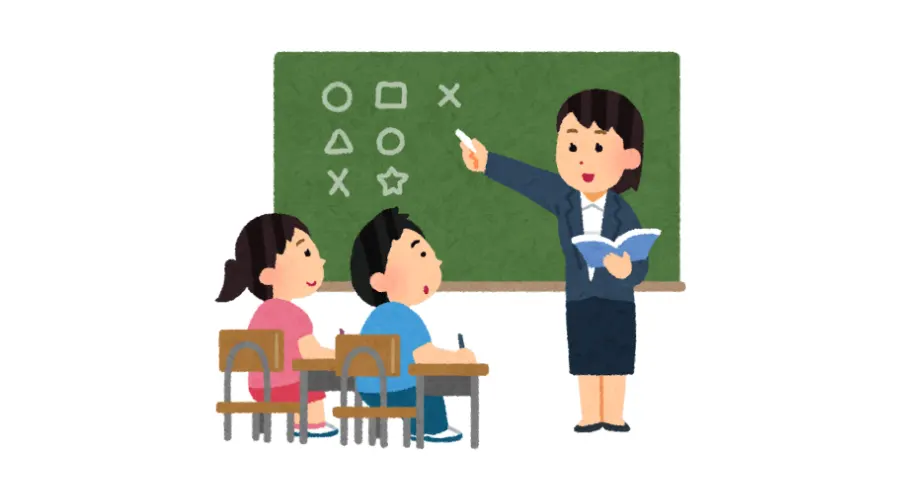
Opt for a seat in the front row when attending lectures or classes. Sitting closer to the front allows visual learners to see the material more clearly and engage more actively with visual presentations and demonstrations.
Final thoughts on study tips for visual learners
You’ve learned about helpful study tips for visual learners. But you must remember to use these tips regularly as part of your daily routine. If you are lazy about using these tips, you will not get better angle results. Many students know about this but do not get the results they expect because they need to use these methods in their routine.
I hope you are not such a student. And try to learn more about methods to maximize your learning potential as a visual learner. In fact, as a visual learner, you will enjoy using them as a study strategy because they are delightful and rewarding. If you like this article, you can share it with your loved ones who are visual learners like you and me. Thank you all.
Frequently Asked Questions (FAQ)
Visual learners often strongly prefer visual stimuli and may excel in drawing, interpreting visual information, and using color-coded notes.
Many online resources are tailored to visual learners, including educational websites, videos, infographics, and interactive simulations catering to visual learning styles.
To improve your visual learning skills, practice incorporating visual aids and cues into your study routine, such as creating colorful notes, using diagrams and images, and exploring visual resources online.
Suggested read:
Best Study Methods for Exams: Tips and Tricks.
How to Write a College Research Paper?
How Do You Make The Best Study Plan As A University Student?
Proven Time Management Tips for PhD Students.

